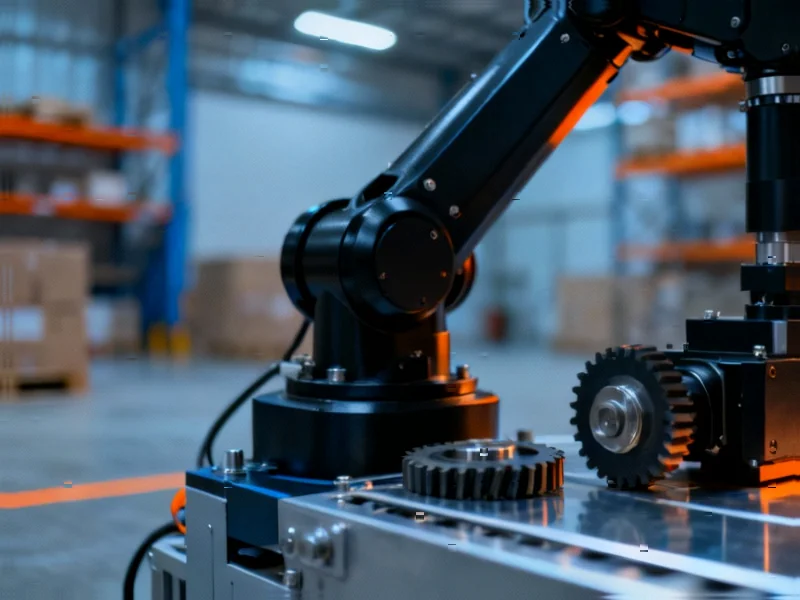According to Silicon Republic, University College Dublin is spending €724,000 on a new Nvidia DGXB200 supercomputer called AURA, making it the university’s single biggest investment in AI computing. The system features eight Blackwell chips and delivers three times the training performance of Nvidia’s previous generation, while project lead Professor Aonghus Lawlor claims it will perform 50 times faster than UCD’s existing SONIC cluster. The supercomputer is funded through the Higher Education Research Equipment Grant and should arrive on campus by early next year. UCD has also invested around €1.45 million to upgrade its existing clusters over the past year, positioning the university as Ireland’s most powerful campus for AI and high-performance computing. The AURA system will support research across healthcare, cultural analysis, business, and climate modeling, with thousands of students expected to access it over its lifetime.
AI arms race hits campus
Here’s the thing – every university suddenly needs these AI supercomputers, and the price tags are getting serious. UCD’s nearly three-quarter-million-euro purchase is just part of a €2.2 million total investment when you count their cluster upgrades. It’s basically an academic arms race, and institutions that don’t keep up risk becoming irrelevant in AI research. But is this sustainable? I mean, these systems become outdated fast, and the electricity bills alone must be staggering. Still, when researchers say tasks that took a year can now be done in days, you understand why they’re making the bet.
Who really benefits?
They’re promising this will be available to “everyone” at UCD, which sounds great until you think about the reality of shared computing resources. Graduate students and high-profile researchers will definitely get access, but what about undergrads or faculty in less flashy departments? The competition for compute time on these systems can get fierce. On the other hand, giving students hands-on experience with cutting-edge hardware like Nvidia‘s latest Blackwell architecture could be a huge career advantage. Companies are desperate for people who actually know how to work with this stuff.
Research breakthroughs or bottlenecks?
The applications they’re talking about are genuinely interesting – from uncovering historical gender bias in cultural data to improving how machines perceive the world. Professor Gerardine Meaney’s work using AI to recover erased women’s voices from history is exactly the kind of project that needs serious computing power. But I’m skeptical about whether one supercomputer can really serve such diverse research needs effectively. Climate modeling, healthcare analytics, and cultural studies have wildly different computational requirements. Will AURA become a bottleneck where researchers spend more time waiting in queue than actually computing?
The bigger picture
This purchase reflects a broader trend where access to compute is becoming the new differentiator in academic research. It’s not just about smart researchers anymore – it’s about who can afford the hardware to train increasingly massive models. For Ireland, having universities like UCD make these investments could help retain talent that might otherwise head to Silicon Valley or other tech hubs. But the real test will be whether this €724,000 machine actually produces €724,000 worth of groundbreaking research. We’ll know in a couple years whether this was money well spent or just another expensive piece of campus infrastructure that gets outdated faster than anyone expected.




